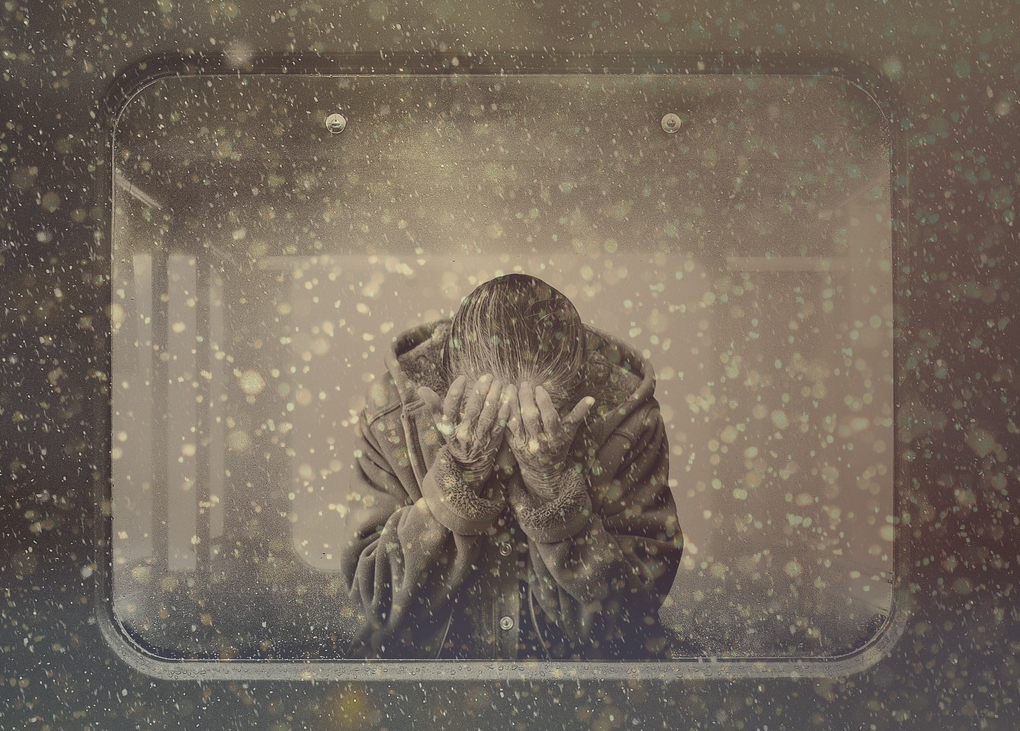The average Australian would probably not describe theirs as a cold country. However, working from home during the COVID-19 pandemic has brought to light how many Australians are struggling with their heating and energy bills.
An article on the Sydney Morning Herald website states that on average, 42 people in New South Wales end up in hospital due to prolonged exposure to cold.
A study was published during 2015 in the Australian Medical journal The Lancet that analysed the death rates in 13 countries from 1985–2012. The study found that temperature was responsible for approximately 7.71 per cent of the deaths.
Lecturer at the School of Property, Construction and Project Management at RMIT University, Dr Nicola Willand, describes energy poverty as the lack of access to affordable, reliable, renewable essential energy services.
People who used to work at an office five days a week have suddenly discovered how cold their homes really are, and how expensive it is to heat them.
Common ways to deal with heating and cooling issues include installing more energy efficient appliances, double glazing and better insulation. Unfortunately, not everyone can afford to do this.
The people who are most at risk of suffering from energy poverty include the elderly, low-income earners and renters. Energy poverty can pose a significant health risk.
Willand, speaking on episode seven of the AIRAH on Air podcast, says cold homes can lead to mould and dampness; allergies; respiratory and cardiovascular diseases; chilblains; and avoidable winter deaths.
Willand believes that the threat of heat stress is very much on people’s minds, but cold-related health risks are less publicised because they take longer to develop. She says we need to raise awareness for the intersection between cold homes and health.
“[Energy poverty] is all around us, and we tend not to see it,” she says.
“We all need to take responsibility and action, and try to recognise, mitigate or even prevent energy poverty.”



Leave a Reply